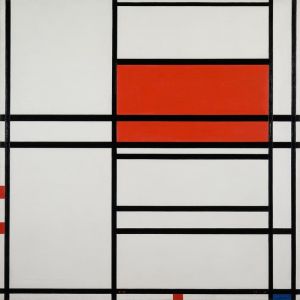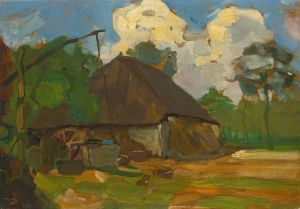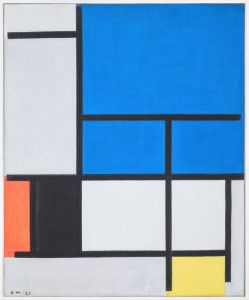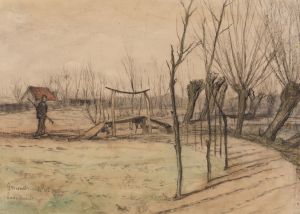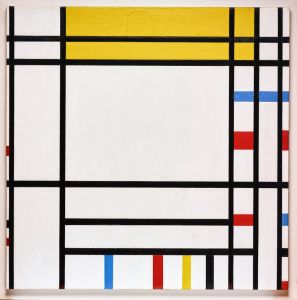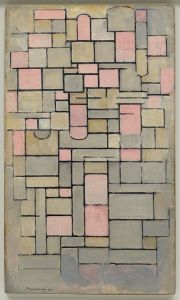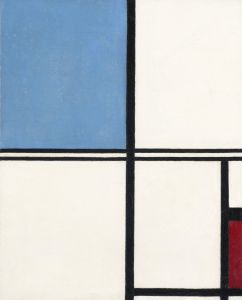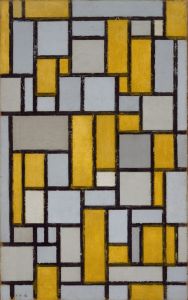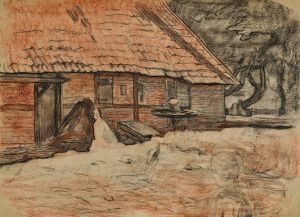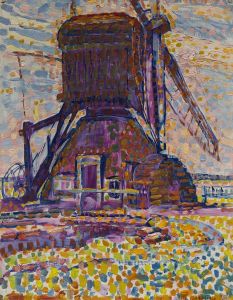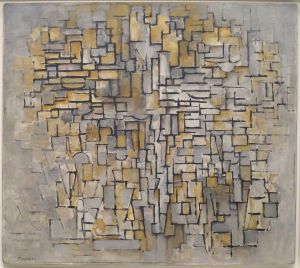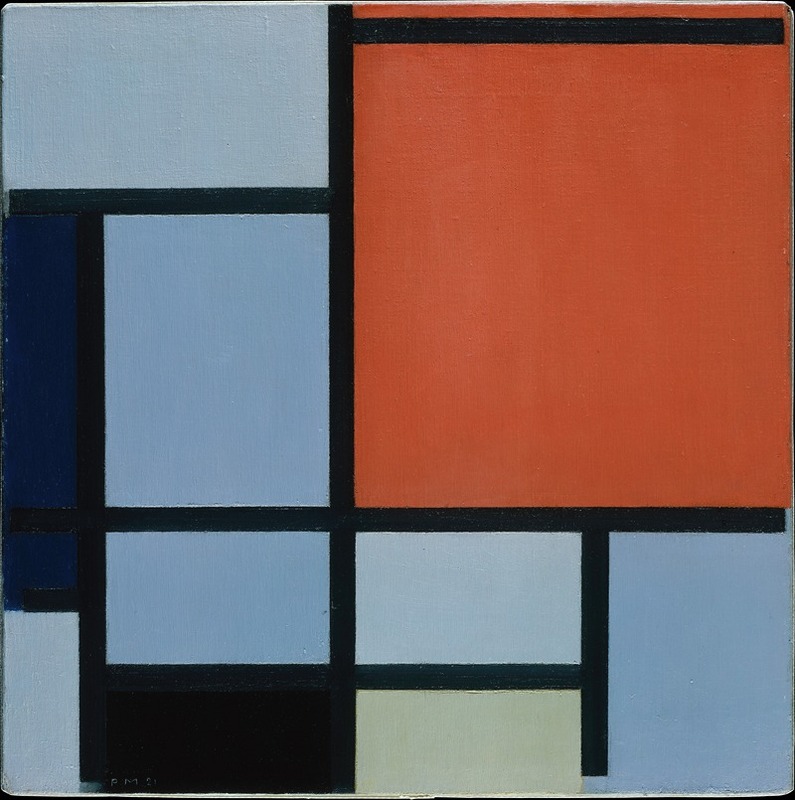
Composition
A hand-painted replica of Piet Mondrian’s masterpiece Composition, meticulously crafted by professional artists to capture the true essence of the original. Each piece is created with museum-quality canvas and rare mineral pigments, carefully painted by experienced artists with delicate brushstrokes and rich, layered colors to perfectly recreate the texture of the original artwork. Unlike machine-printed reproductions, this hand-painted version brings the painting to life, infused with the artist’s emotions and skill in every stroke. Whether for personal collection or home decoration, it instantly elevates the artistic atmosphere of any space.
Piet Mondrian, a Dutch painter and one of the pioneers of abstract art in the 20th century, is renowned for his contributions to the De Stijl movement and his development of a distinctive artistic style characterized by geometric abstraction. Among his works, "Composition" is a title that Mondrian used for several paintings, reflecting his exploration of balance, harmony, and the reduction of visual elements to their most fundamental forms.
Mondrian's "Composition" paintings typically feature a grid of black lines intersecting at right angles, creating rectangular spaces that are often filled with primary colors (red, blue, and yellow) or left as white or black. These works exemplify his commitment to "neoplasticism," a term he coined to describe his artistic philosophy. Neoplasticism aimed to express universal beauty and harmony through the use of pure abstraction, eliminating any reference to the natural world.
The exact details of a specific painting titled "Composition by Piet Mondrian" may vary, as Mondrian created numerous works with similar titles throughout his career. These paintings are part of his broader artistic evolution, which began with representational landscapes and gradually moved toward abstraction. By the 1920s, Mondrian had fully embraced his signature style, which sought to convey a sense of order and equilibrium through the interplay of lines, colors, and shapes.
Mondrian's "Composition" works are often associated with his time in Paris, where he was influenced by Cubism, and later in the Netherlands, where he collaborated with other De Stijl artists such as Theo van Doesburg. His paintings from this period reflect his belief in the spiritual and transformative power of art, as well as his desire to create a universal visual language.
Today, Mondrian's "Composition" paintings are celebrated as iconic examples of modern art and are housed in major museums and collections worldwide. They continue to inspire artists, designers, and architects, demonstrating the enduring impact of Mondrian's vision and his quest for purity and simplicity in art.
If you are referring to a specific painting titled "Composition" by Mondrian, additional details may be necessary to provide a more precise description.





